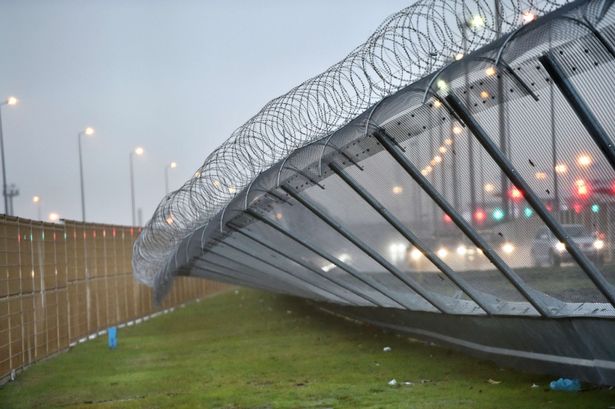While the news coverage of the refugee crisis might have slowed down; the refugees are still trying to settle somewhere, with many more still fleeing the terrors that face them in their homelands. Trying to find a better, safer, and more secure life in Europe, the struggles along the way have only increased from the beginning of the crisis. Hungary and Austria have built border barriers to keep immigrants out. Macedonia, Croatia, and Slovenia have closed off their borders. The crossing into the United Kingdom is a bottleneck, with many refugees stuck along the Atlantic coast. One of the most infamous locations in this crisis is the so-called ‘Jungle of Calais’. This jungle has been here since 2000, but in the last two years, the number of people living just outside of Calais has exploded, reaching a highpoint in the summer of 2016, when organisations estimated a population of around 9000 people. Desperate to cross the English Channel, these people try to walk through the tunnel, or get into ferries bound for the UK.
This has created dangerous circumstances for anyone driving to Calais, whether they are driving a truck, a car, or a bus. Reports of barricades being drawn up in order to stop vehicles, people throwing rocks in order to break windows, have continued to grow. People travelling to the UK are advised not to stop, under any circumstances. Security has been increased, especially along the roads leading to the ferries.
In an attempt to gain control over the increasingly dangerous situation, Great Britain and France already built fences along the roads to prevent migrants from getting onto them. However, this has proven to be ineffective, as the attacks seem to get more and more frequent. In a new try to increase security, the French and Brits have started to build a wall in the beginning of September. In addition to the fences, this wall, which will stretch the length of one kilometre, is meant to increase security for drivers. The wall will be four meters high, and made out of smooth concrete, which will make it harder to climb over.
Last February, with the CultureCo trip to London, we passed through Calais. Although we didn’t come anywhere close to the camp, or to the ferries, there were fences. These fences were not the small ones, but the big, bad, barbed ones. Four-meter-high fences, topped by rolls of barbed wire, lined the roads. Coming into Calais, it felt like I was thrown in a dystopian world where safety was no longer a given. In the middle of the night, with bright lights shining onto the area behind the fences, it felt like a nightmare. While the fences are meant to protect, it felt unsafe and dangerous. It created an atmosphere of dread and fear. That was for me, up in a bus, safe, dry, and warm. I can’t even start to fathom what the people who are stuck along the beaches must be going through. Being kept out of these areas like animals trapped in a cage.
Coming back to the wall, a question begs to be asked. What will happen after the wall is built? Are people so ignorant to think that a wall will prevent migrants from attempting to cross the channel. A wall of one kilometre will keep the people off the roads? What do you do when there is something in your way? You walk around it… it appears to be a futile attempt to create some security to the people driving on the roads, but it will accomplish nothing. Instead of spending so much money on a wall, isn’t there something else this money can be spent on? Creating better living circumstances for the refugees? Providing help and education? I’m sure they can think of something better than a single, short wall.
Annick Wijnstra, Class of 2017, is a Literature and History major from The Netherlands.

